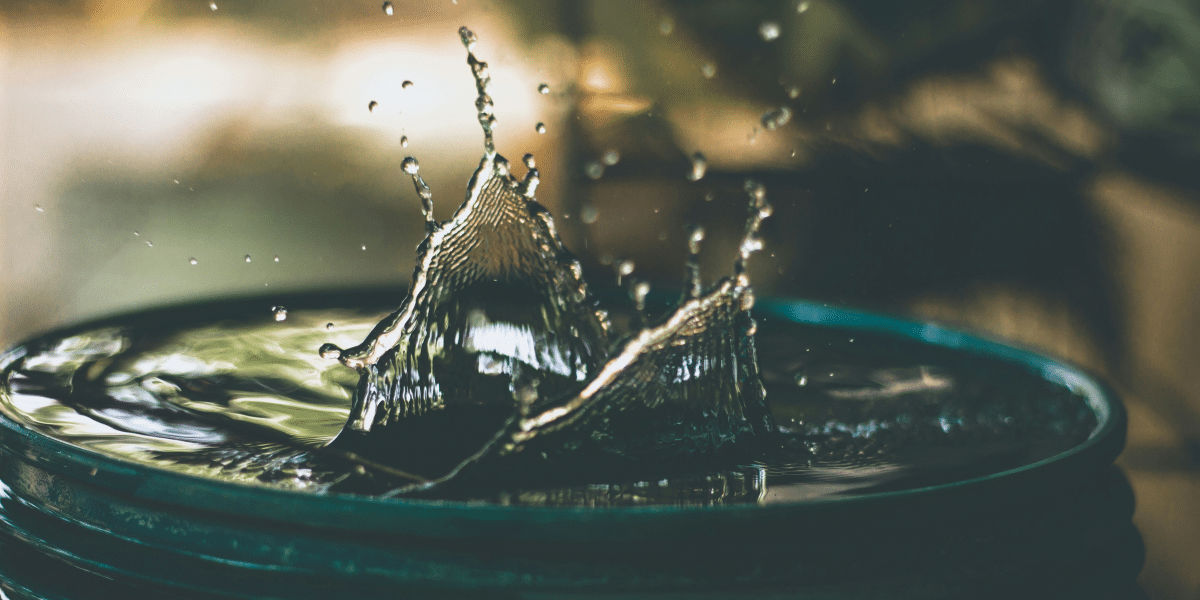When you turn on your tap, you probably expect clean, safe water to flow out, ready to drink or use for cooking. However, the water that reaches your home might carry hidden dangers that you should be aware of. Let’s explore what could be lurking in your tap water and why it matters for your health and wellbeing.
Understanding the Journey of Tap Water
Tap water undergoes extensive treatment processes before it reaches your home. Municipal water treatment plants filter and disinfect water from natural sources such as rivers, lakes, and underground aquifers. Despite these efforts, contaminants can still slip through the cracks. Aging infrastructure, industrial pollution, agricultural runoff, and even naturally occurring substances can all contribute to the hidden dangers in your tap.
Common Contaminants in Tap Water
One of the concerning contaminants in tap water is lead. Lead can leach into water through corroded pipes and fixtures, especially in older homes and buildings. Exposure to lead, even at low levels, can cause serious health issues, particularly for children and pregnant women. It affects brain development and can lead to learning disabilities and behavioral problems.
Chlorine, used to disinfect water, is another common additive in tap water. While effective at killing harmful bacteria and viruses, chlorine can react with organic matter in the water to form disinfection byproducts (DBPs). Some DBPs have been linked to an increased risk of cancer and other health issues. Moreover, the taste and odor of chlorine in water can be off-putting for many people.
Another group of contaminants to be wary of are pesticides and herbicides. These chemicals can seep into water supplies from agricultural fields and urban landscaping. Long-term exposure to these substances can have adverse effects on health, potentially leading to reproductive issues, endocrine disruption, and even cancer.
Pharmaceuticals and personal care products (PPCPs) are emerging contaminants that pose a growing concern. Traces of medications, hormones, and chemicals from soaps and shampoos can find their way into water sources. Although the concentrations are usually low, the long-term effects of consuming these mixtures are still unknown.
Interestingly, you might consider alternatives such as bottled water or water coolers as safer options, but they come with their own sets of challenges. Bottled water can sometimes be nothing more than filtered tap water, and the environmental impact of plastic bottles is significant.
The Role of Microorganisms
Microorganisms, including bacteria, viruses, and parasites, can also lurk in tap water. While water treatment plants aim to eliminate these pathogens, some can survive the treatment process. E. coli and Giardia are examples of microorganisms that can cause gastrointestinal illnesses if ingested. Vulnerable populations, such as the elderly and those with weakened immune systems, are particularly at risk.
Legionella, the bacterium responsible for Legionnaires’ disease, can also be found in tap water. This bacterium thrives in warm water environments, such as hot water tanks and plumbing systems. Inhalation of contaminated water droplets can lead to severe respiratory illness.
The Impact of Aging Infrastructure
Aging infrastructure is a significant contributor to the hidden dangers in tap water. Many cities rely on water distribution systems that are decades old, and the wear and tear on these systems can lead to contamination. Corroded pipes, broken water mains, and leaky connections can all introduce contaminants into the water supply.
Lead pipes, in particular, are a major concern. Although the use of lead pipes has been banned for new installations, many older homes and buildings still have lead plumbing. As these pipes corrode, lead particles can dissolve into the water, posing a health risk to residents.
Natural Contaminants
Even naturally occurring substances can pose risks. Arsenic, a toxic element, can be found in groundwater in certain regions. Long-term exposure to arsenic in drinking water is associated with skin lesions, cancer, cardiovascular diseases, and diabetes.
Fluoride, added to water supplies to prevent tooth decay, is another naturally occurring substance that warrants caution. While beneficial in small amounts, excessive fluoride can lead to dental fluorosis in children and skeletal fluorosis over long-term exposure.
Protecting Your Water Supply
Given the potential hidden dangers lurking in your tap water, it’s essential to take steps to protect yourself and your family. Here are some practical measures you can implement:
- Regular Testing: Periodically test your tap water for contaminants. Home testing kits are available, or you can hire a professional service. Knowing what’s in your water can help you take appropriate action.
- Filtration Systems: Consider installing a water filtration system. Options range from simple faucet filters to whole-house systems. Look for filters certified to remove specific contaminants like lead, chlorine, and pesticides.
- Flushing Pipes: If your home has old plumbing, run cold water for a few minutes before using it for drinking or cooking. This helps flush out any accumulated contaminants.
- Maintaining Fixtures: Regularly clean and maintain faucets and aerators. Buildup in these areas can harbor bacteria and other contaminants.
- Alternative Sources: For those particularly concerned about their tap water quality, consider using alternative sources such as bottled water for drinking and cooking. However, be mindful of the environmental impact and choose brands that source responsibly.
Advocating for Safer Water
While individual actions can help protect your household, advocating for broader change is equally important. Support initiatives to upgrade aging water infrastructure and push for stricter regulations on contaminants. Participate in community efforts to protect local water sources from pollution and advocate for transparency in water quality reporting.
The hidden dangers lurking in your tap water are a reminder of the complex journey water takes from source to sink. While municipal treatment processes significantly reduce the risk of contamination, it’s crucial to stay informed and take proactive steps to ensure the safety of your water supply. By understanding the potential risks and implementing protective measures, you can enjoy cleaner, safer water for you and your family. Remember, vigilance today leads to better health tomorrow.
Published by: Khy Talara



















